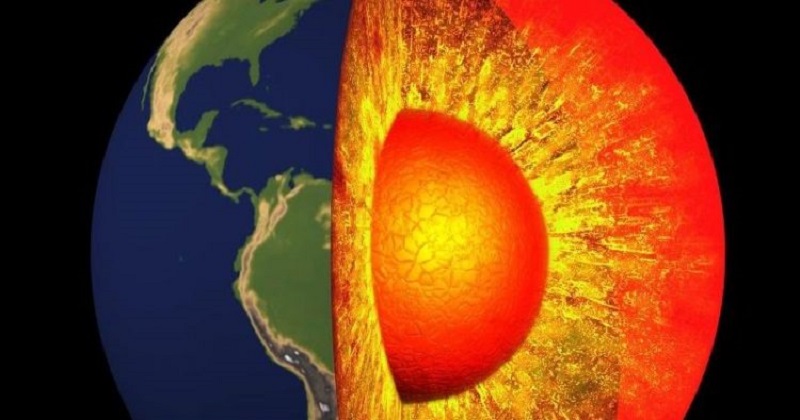
Researchers have uncovered a geological hidden channel beneath Panama that may explain why rocks from the Earth’s mantle have been unearthed 1,609 kilometres from their source. Around 100 kilometres beneath the surface of the earth, this entrance site might allow a flow of mantle elements to flow all the way from beneath the Galapagos Islands to straight under Panama.
This might also contain the key to the question of why Panama has so many active volcanoes, according to David Bekaert, a postdoctoral fellow in marine chemistry and geochemistry at Woods Hole Oceanographic Institution in Massachusetts.
The Cocos tectonic plate is moving downwards toward the west coast of Central America, forcing oceanic crust beneath the continental crust of the North American, Caribbean, and Panama tectonic plates, resulting in a phenomenon known as subduction. This is known to generate a ‘subduction zone,’ and, as a result, the Centra American Volcanic Arc, a series of volcanoes where lava pushes beyond the boundaries, only to end in western Panama, above the Panama Plate.
Also Read: Mumbai Police shares puzzles on social media to highlight road safety
Researchers stated that the reason might be a window-like opening in Coco’s tectonic plate, which is being pushed towards the Earth’s core. They gathered volcanic rock samples as well as gas and fluid samples from hot springs to better understand the region’s geochemistry.
They were particularly interested in molecular isotope ratios, which are basically separate atoms with differing quantities of neutrons in their nuclei. They concentrated on helium and lead isotopes in this case. The mantle is largely made up of silicate rocks, which have a certain structure of silicon and oxygen atoms. The exact composition varies greatly depending on the area, but they discovered even-odd abnormalities under Central America.
As per Bekaert, this was a complete surprise because there was no other route for mantle materials from the Galapagos to reach Panama. Researchers then looked into mantle seismic imaging, which utilises earthquake waves to scan what’s under the surface, only to discover a hole deep beneath Panama through which the mantle may be seen.
This might be a natural fissure in the subducting Coco’s crust, or a location where the crust shattered during subduction. It permits materials to move from one side of the plate to the other in either case, similar to dust passing through an open window. However, scientists aren’t sure what’s causing this shift.

Post Your Comments